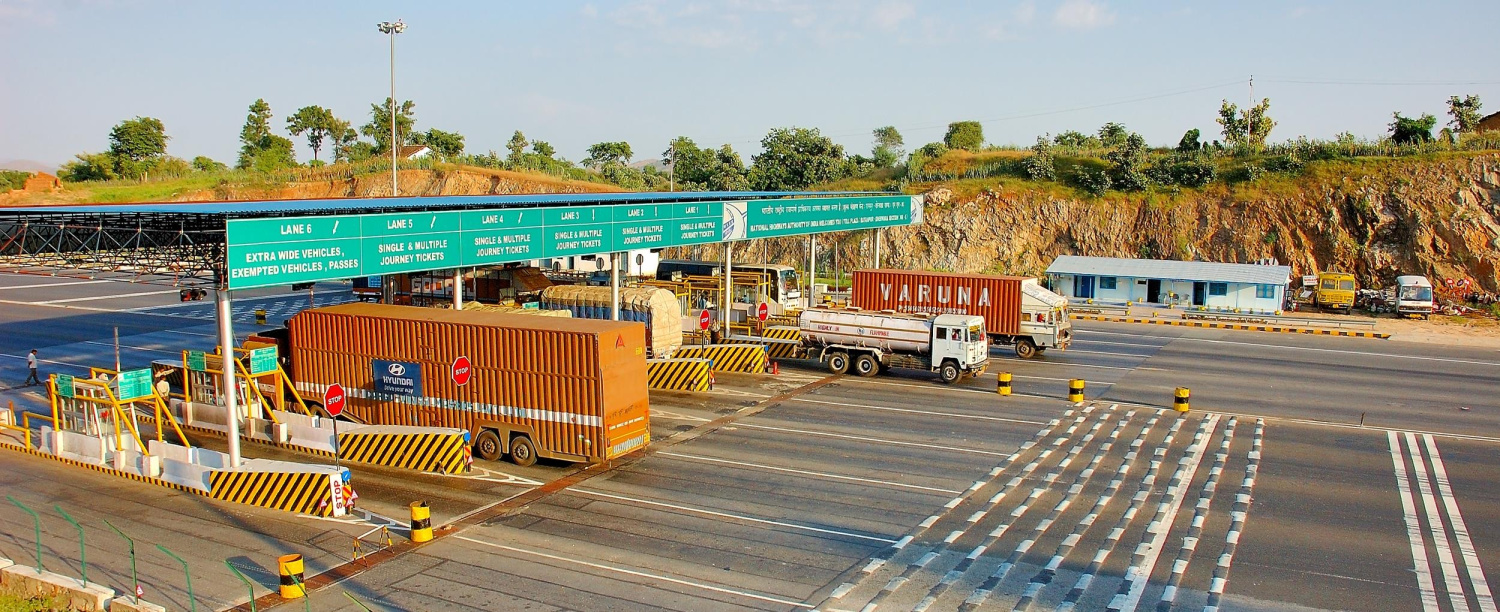
(Photo : NHAI)
NHAI Modernizes Toll Collection with MLFF: How Does It Work?
In a significant move towards modernizing India's highway toll collection system, the National Highways Authority of India (NHAI) has initiated the process of implementing the country's first multi-lane free flow (MLFF) toll collection system. The pilot project is set to be launched on the 28-km Dwarka Expressway, marking a significant shift from physical toll plazas to a more technologically advanced and efficient system.
The MLFF system is designed to capture information from passing vehicles using field equipment and sensors. This data is then transmitted to an electronic toll payment system, which deducts the user fee from the vehicle owner's bank account. The system is expected to streamline the toll collection process, reducing congestion and improving the overall user experience.
The NHAI's move aligns with Union Road and Transport Minister Nitin Gadkari's vision of removing physical toll plazas from the country's highways. The minister has repeatedly emphasized the need for a more efficient and user-friendly toll collection system. The implementation of the MLFF system on the Dwarka Expressway is a significant step towards realizing this vision.
Revolutionizing Toll Collection
The new system will collect information from the vehicle database and send it to the bank. The bank will then deduct the toll fee from the FastTag wallet linked to the vehicle owner's account. In case of non-payment, the due amount will continue to be displayed on the vehicle portal and app, ensuring transparency and accountability.
The NHAI is also planning to install the MLFF system on several other expressways across the country. This move is expected to significantly improve the efficiency of toll collection and reduce congestion on the country's highways.
In addition to the MLFF system, the government is also planning to track around 100 toll plazas using GIS-based software. This software, developed by the Indian Highways Management Company Limited (IHMCL), a company promoted by NHAI, will enable real-time monitoring and tracking of traffic movement at national highways. The system is expected to ensure a seamless and hassle-free tolling experience for national highway users.
Data Privacy and Security Concerns
The toll fee collection on national highways under the NHAI reached Rs 54,811.13 crore in the fiscal year 2023-24. The ministry spent Rs 6,523 crore towards the maintenance of national highways during the same period.
The move towards a more technologically advanced toll collection system is not unique to India. Similar systems have been implemented in several other countries, including the United States and the United Kingdom. These systems have proven to be highly effective in reducing congestion and improving the overall user experience.
However, the implementation of such systems also raises concerns about data privacy and security. The use of advanced technology for toll collection involves the collection and processing of large amounts of data, including vehicle information and bank details. This has led to concerns about the potential misuse of this data.
In response to these concerns, the government has emphasized that it will take all necessary measures to ensure the privacy and security of user data. The government has decided to use the GAGAN satellite system, rather than the US-owned GPS, to ensure data security within the country. Furthermore, the Digital Personal Data Protection Act, 2023, passed in Parliament last year, is expected to address privacy concerns related to the use of digital technology.
The move towards a more technologically advanced toll collection system is a significant step towards modernizing India's highway infrastructure. However, it is essential to ensure that this transition is carried out in a manner that respects user privacy and ensures data security. The NHAI's initiative is a promising start, and its success could pave the way for a more efficient and user-friendly highway system in the country.









